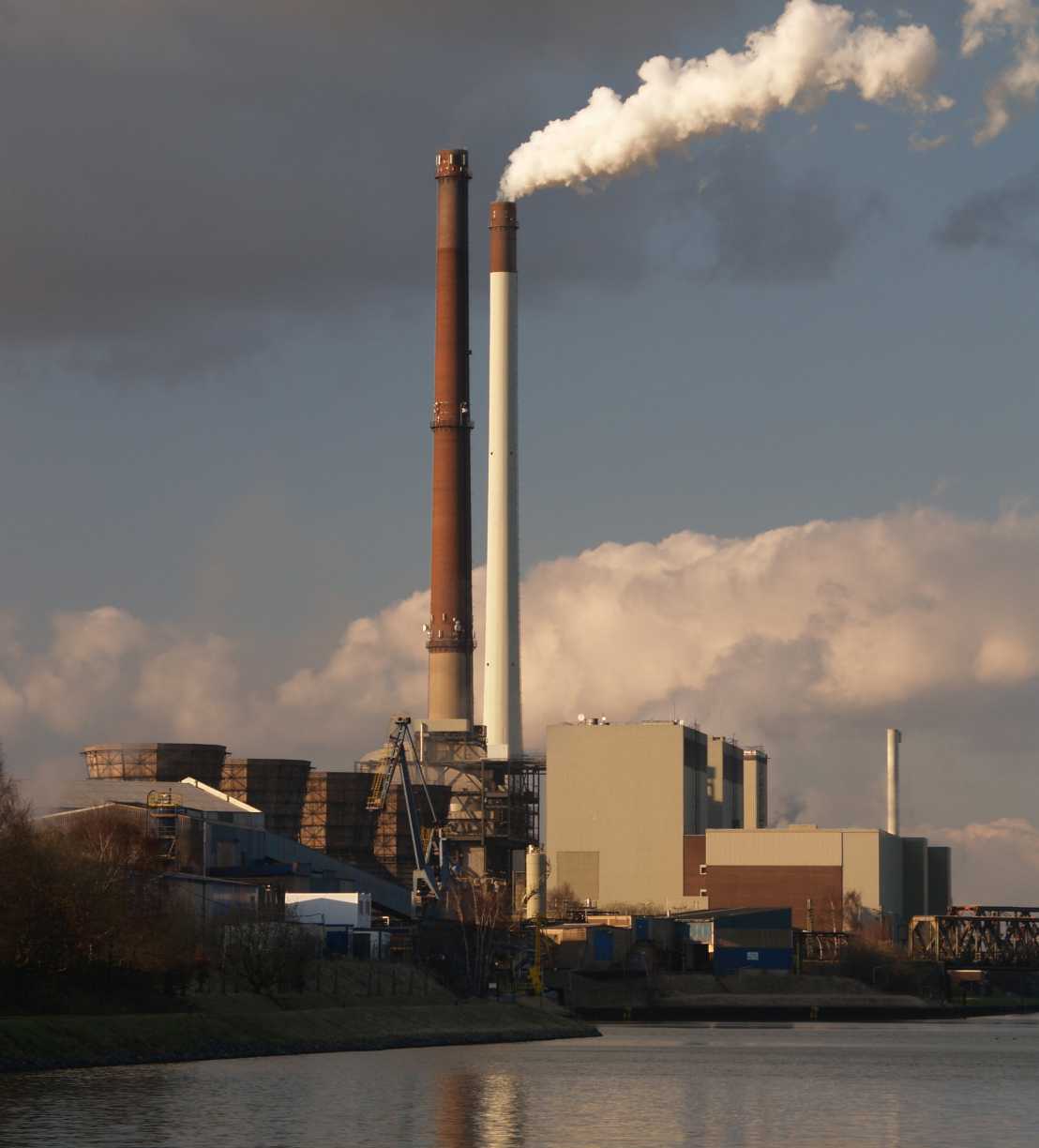Climate Policy

Photo source: Wikipedia
To achieve the internationally agreed climate targets, a rapid transition to a low carbon economy is indispensable. This transition requires the introduction, reinforcement and improvement of climate policies.
SusTec research focuses on how climate policies can effectively support the required transition by accelerating the diffusion of low carbon technologies. Policies analyzed range from Emission Trading Systems (ETS) over feed-in tariffs to standards.
Key findings:
- Supporting the diffusion of low carbon technologies requires tailoring policy instruments to technology characteristics and the innovation system (Download Grosspietsch, Kugler, Girod, 2015)
- Different climate policy instruments complement each other in the development of low emissions standards (Download Girod, 2015)
- The EU ETS is still highly contested. Main supporters are business associations, energy intensive industries and coal producers, while environmental NGOs and renewable energy associations are very skeptical and call for additional, stricter policies. Energy suppliers and utilities also criticize the ETS for not being effective. (Rosenbloom and Markard 2018, )
- The EU ETS mainly affects the rate and direction of technological change of power generation technologies in the electricity sector (Download Rogge and Hoffmann, 2011)
- In response to post Kyoto regulation, firms predominantly invested their effort in reducing the uncertainty (e.g. seeking information or actively influencing factors that constitute uncertainty) instead of reducing the GHG emissions (Download Engau and Hoffmann, 2011)
- For the promotion of more fundamental changes such as the investment into RD&D on wind turbines other factors than the ETS like the market demand and feed-in tariffs are important (Download Rogge, Schneider, & Hoffmann, 2010; Schmidt et al. 2012)
- Financial incentives and labels have the largest impact on innovation in energy efficiency technologies (Download Girod, Stucki, Wörter, 2015)
- A major merit of the Clean Development Mechanism (CDM) is its contribution to technology transfer by lowering several transfer barriers and raising the transfer quality (Download Schneider, Holzer, & Hoffmann, 2008)
Contact
If you would like to receive more information or have questions on this topic, please contact one of the following experts: